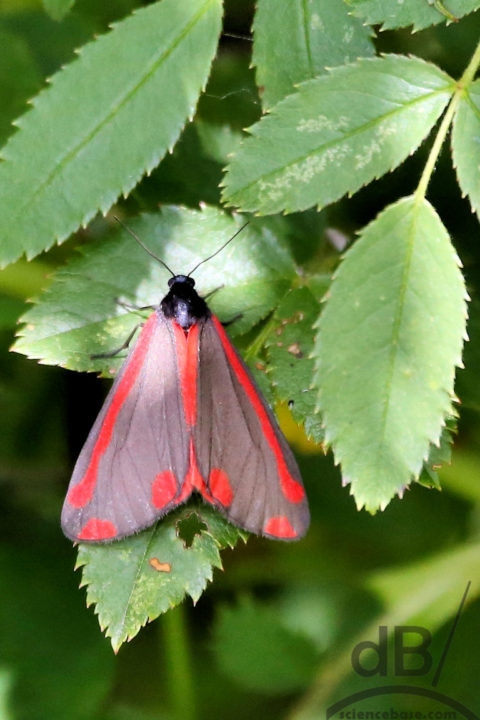
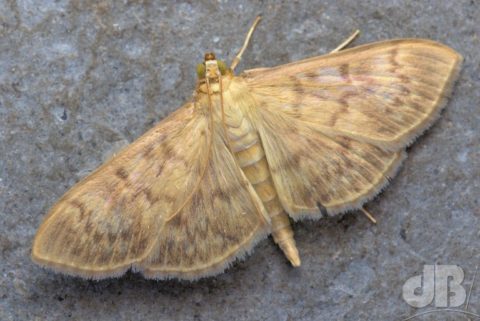
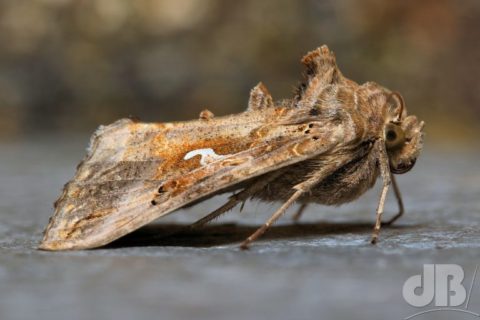
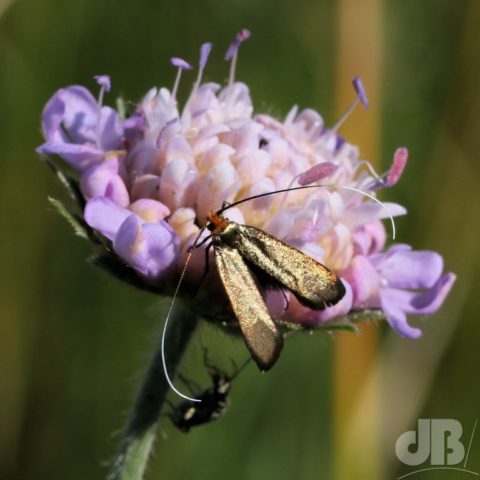
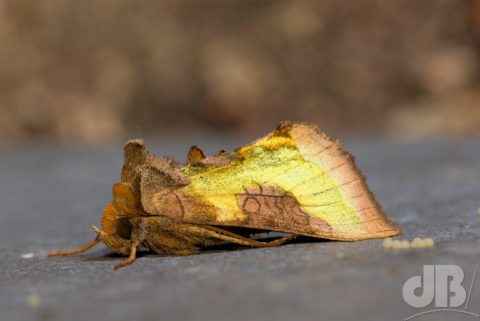
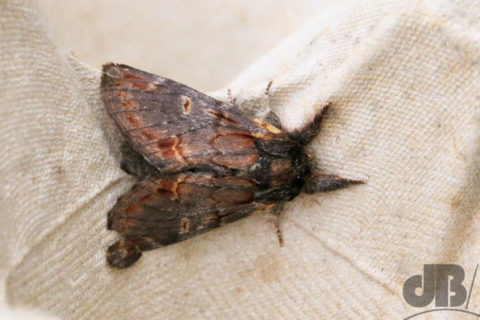
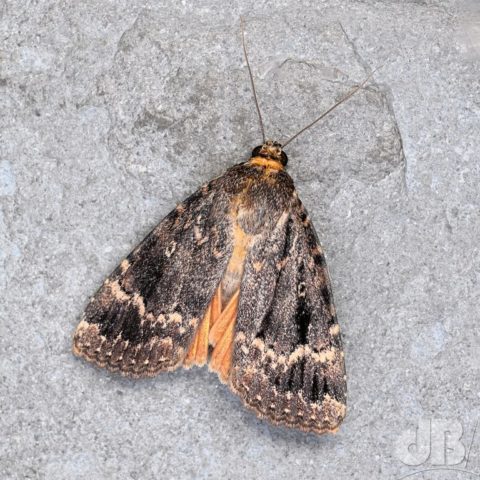
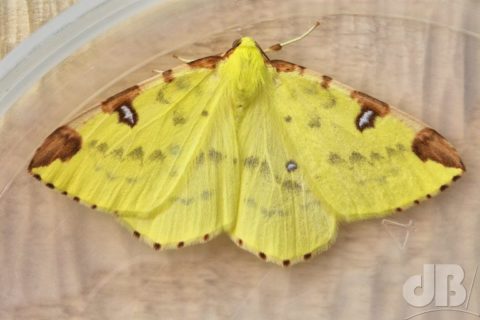
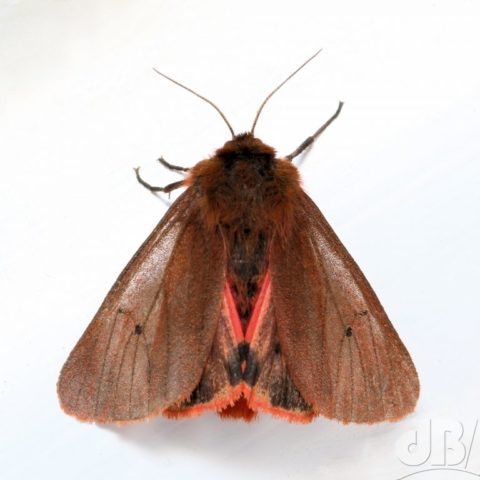
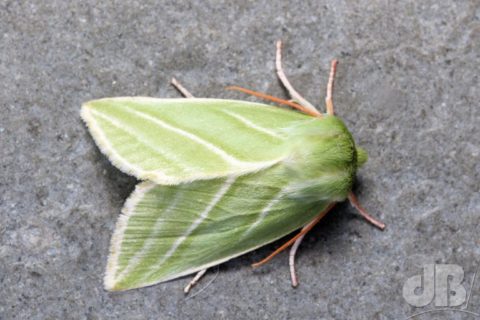
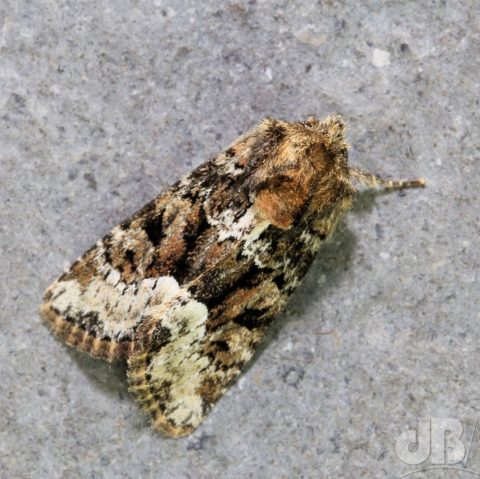
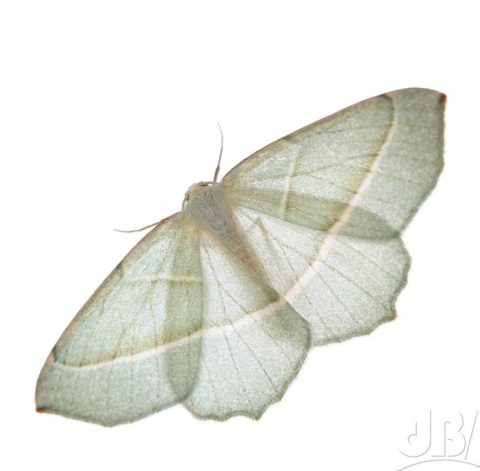
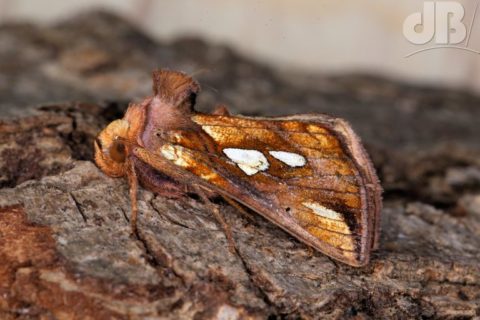
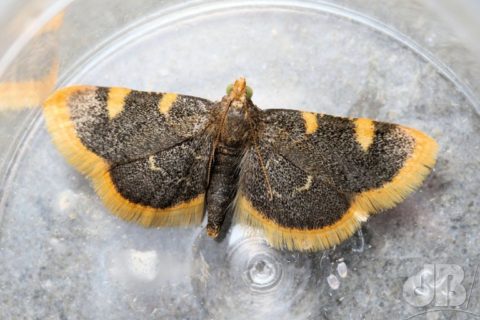
36.2055 years in science communication














What could be more natural more evocative, more quintessentially English than a wildflower meadow nestled in the countryside, teeming with bees and butterflies, day-flying moths and countless other pollinators perhaps home to some ground-nesting birds and dozens of tiny mammals, a complete ecosystem when coupled with the natural reservoir in the neighbouring field?
And your wilding projects? Often the packs of seeds we scatter in our gardens to create a wild area or on roadside versions are cultivated mixes of cornflower, ox eye daisy, borage, (bizarrely) California poppy, and a few others. That said, I’ve tried to grow something more naturalistic by seeding corn cockle among the cornflowers, no ox eyes, but plenty of borage, viper’s bugloss, wild marjoram, opium poppies, yarrow, mallow, and the erroneously maligned ragwort.*
Well, sorry, but no. Not much of its not natural, it may be beautiful and conjure up images of a sadly lost past that never really existed, but many of what we call native wildflowers are anything but. Established wildflower meadows may well have taken hundreds of years to become established ecosystems. But, they arrived with humans who brought their agriculture from the Middle East in the stone age. Many of the species we consider essential to stocking a wildflower meadow are native to North Africa and the Mediterranean. They never grew here until the arrival of cultivated grassy food crops just a few millennia since.
Of course, many species in many different countries are not native, there have been so many changes to the climate and the geography and geology of the world over millions of years. What’s a few millennia between friends? Let’s cultivate the wildness anyway…
All of that said, it’s better to wild than to cultivate. Moreover, there is an argument that even if some of the so-called native wildflowers arrived with agriculture from the Middle East who’s to say that some of them weren’t growing here before the last ice age when the British mainland was conjoined to the European continent and the footprint of the landmass and the geography of the present Middle East were all very different?
*Ragwort: Erroneously maligned as a livestock and horse killer. Yes, it is toxic to cattle and horses and other animals and it’s sensible not to let it grow on pasture. However, it’s only a problem if the animals are not getting fed properly. It’s got a really bitter taste and most animals (Cinnabar moth larvae aside) will avoid it. However, it can end up in sileage when its bitterness might be masked by other plants in the mix and the animals quite happily tuck in and suffer.
It’s been a funny old year so far, has 2020. I had all sorts of plans, as did everyone else, I assume, the majority of which have been scuppered by the emergence of a lethal coronavirus. From the disadvantage point of lockdown and limits to our outdoor activities from March onwards, the opportunities for photographing animals, landscapes, and life were, to say the least, limited.
That said, on those daily allowed exercise outings I generally took a camera with me, they never said you couldn’t do that, as long as you carried on washing your hands frequently and avoided getting any closer than two metres to anyone you met while you were outside. I also carried on mothing and that provided some photographic input too. Lots more nature, birds, Lepidoptera, wildflowers, pondlife, and more on the Sciencebase Instagram. But, here are a few samples from the lockdown period.
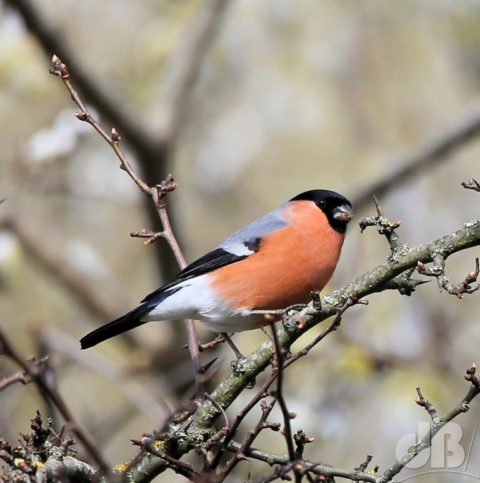
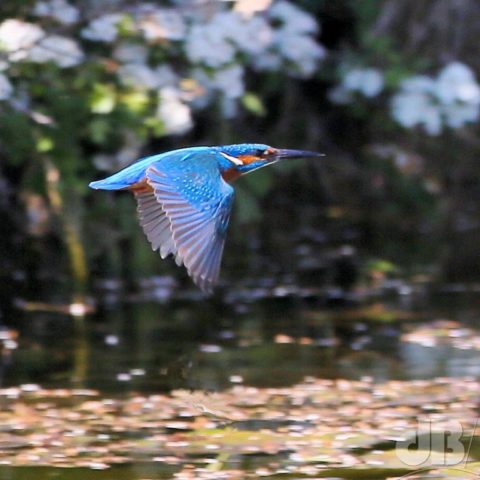
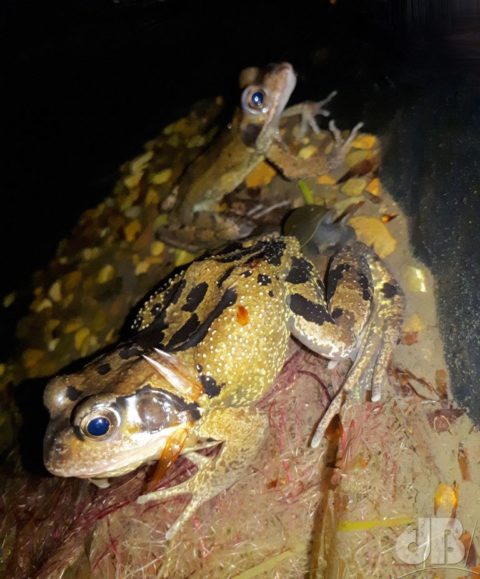

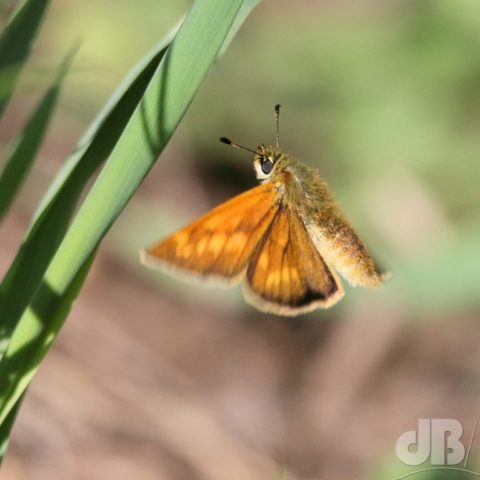
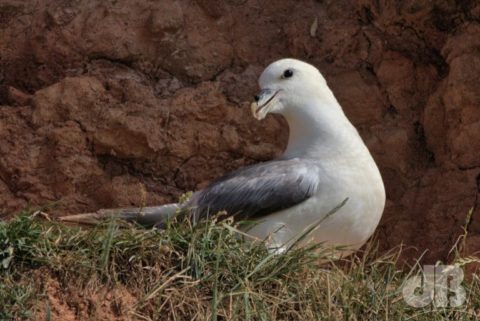
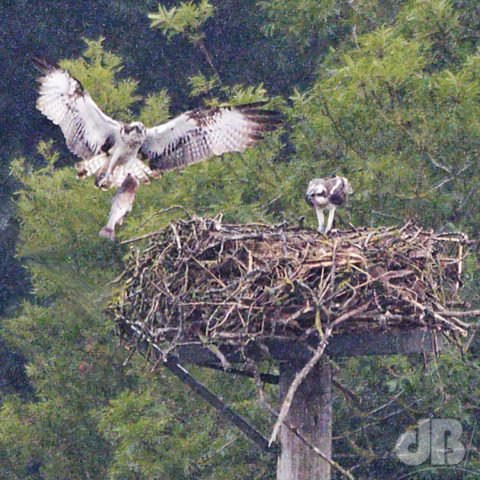
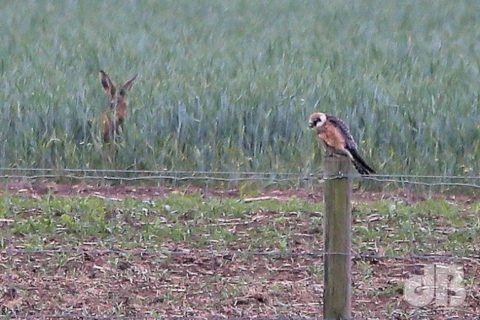
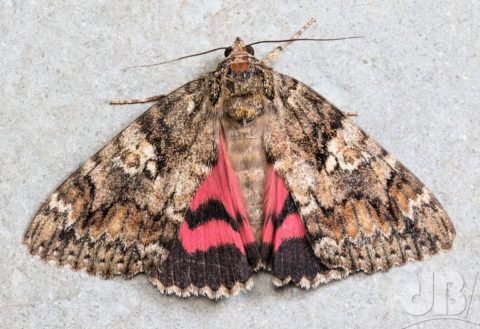
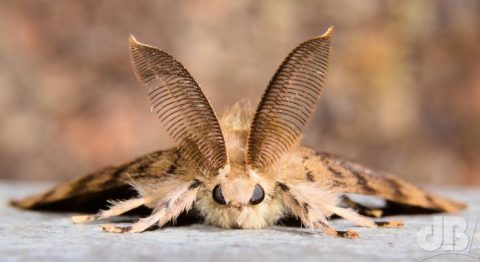
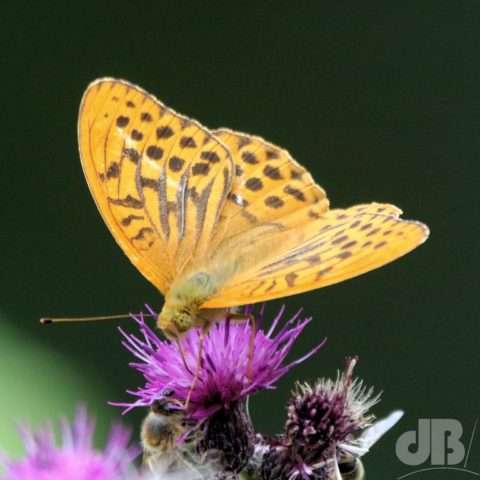
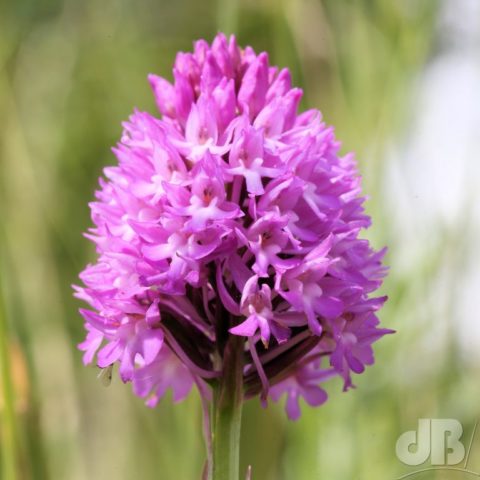
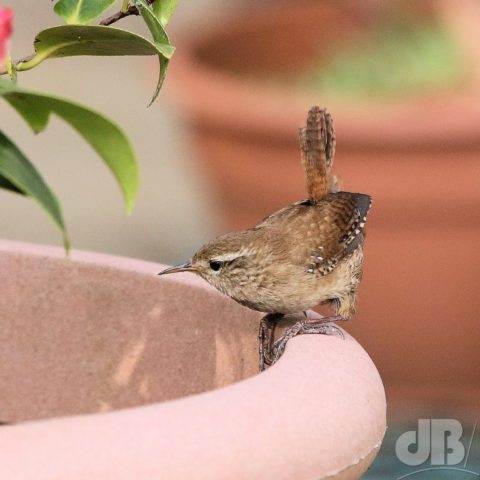
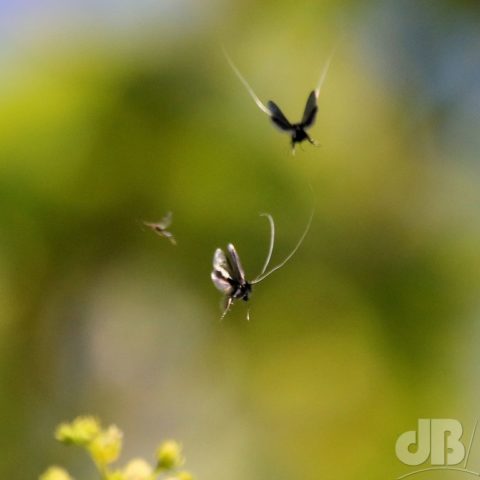
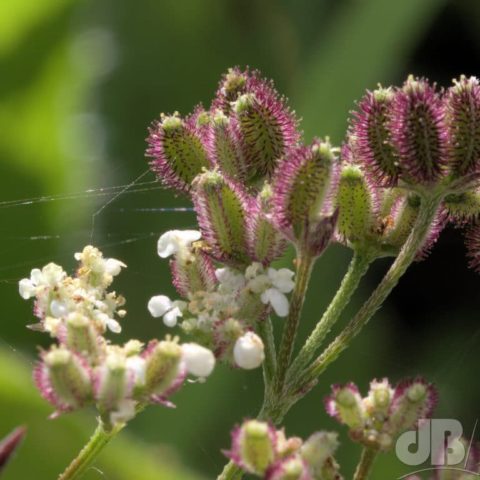
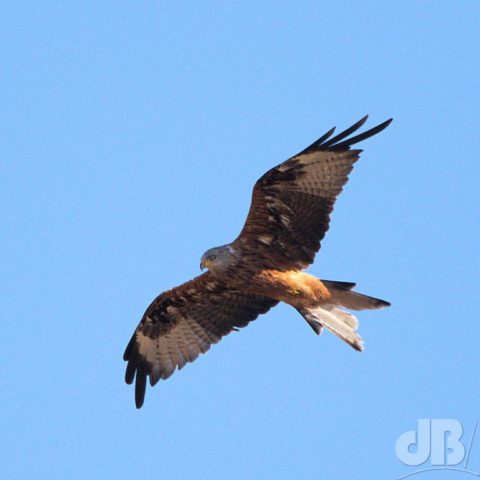
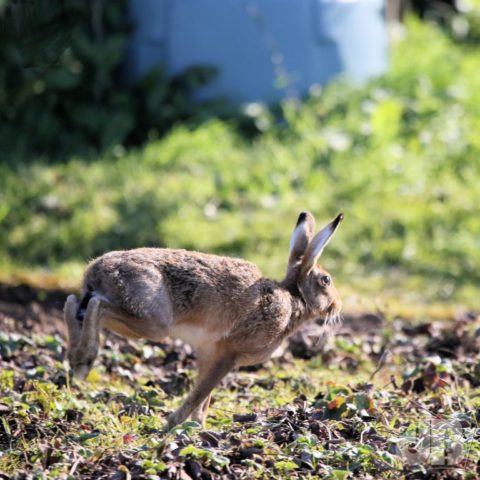
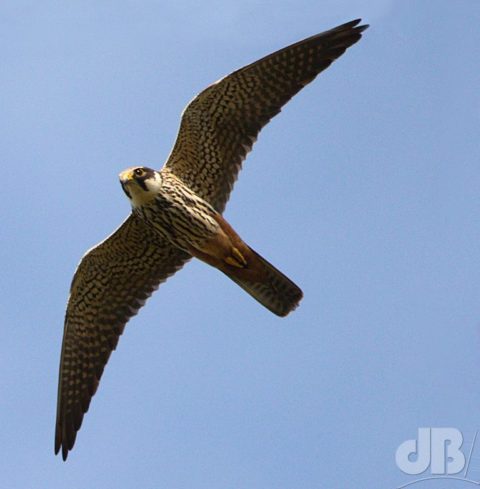
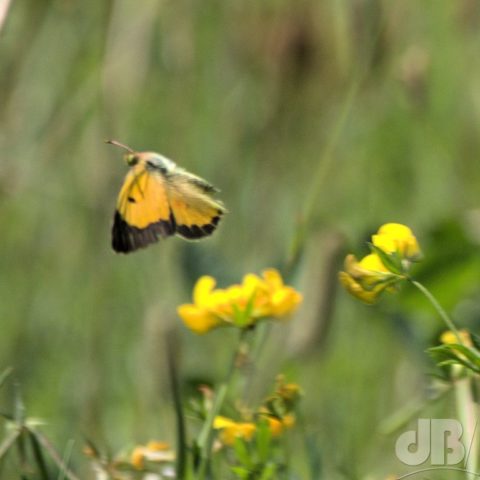
Rutland Water is a reservoir, an artificial lake in the English Midlands. Several years ago, they introduced Osprey chicks from Scotland in a conservation experiment to see whether this migratory raptor would breed in England again. The experiment was rather successful. You can read all the details on the Wildlife Trust’s site, save me repeating it here…

We’ve seen and photographed one of the Ospreys from the road that passes the reservoir having failed to see them from the northside reserve a couple of years ago. But on a visit in August 2020 we took to the hides on the southern shore…just as the rain came.
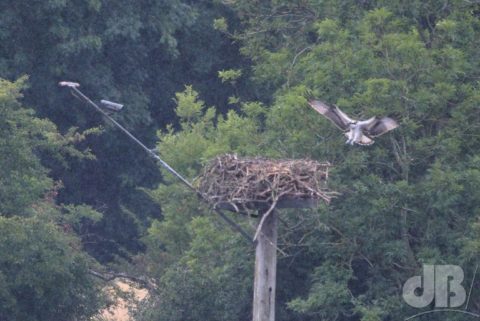
We saw four Ospreys coming and going, perching, flapping, feeding, flying, on the perches and on the nest. One adult delivered fish to a juvenile (the pair had three chicks this year, I believe and one of them has already headed south to Africa for the winter). We could even see one bathing on the opposite shore.
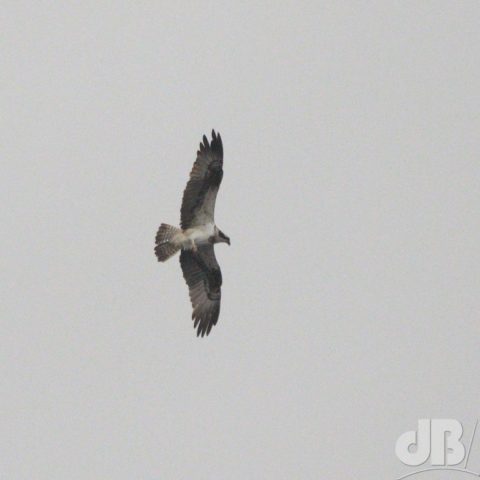
Unfortunately, taking photographs from 500 metres away through sheets of rain does not make for great wildlife photography. But, this is what I got, shooting with a Canon 7D mark ii fitted with a Sigma 150-600mm lens. All photos were developed in RAW Therapee and then processed and cropped in PaintShop Pro.
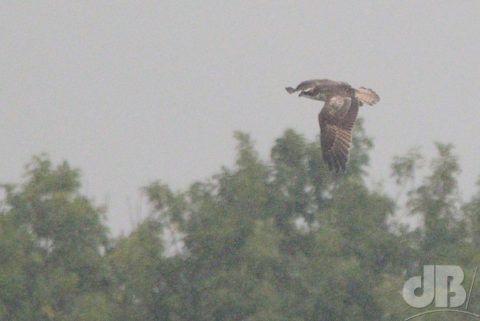
Also of note seen from the hides: Snipe, Green Sandpiper, Spotted Flycatcher, Grey Heron, Little Egret, Lapwing, Sedge Warbler, Stonechat, juvenile Common Tern, juvenile Blue Tit.
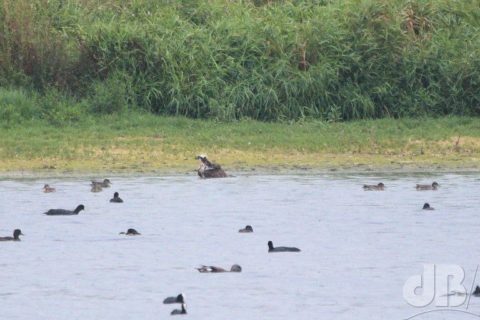
I’d heard rumours of a new moth in town…I say town, I mean the countryside in and around the counties of Bedfordshire and Hertfordshire. It’s one with dark, but patterned forewings, and a crimson blush to its hind wings, which are often hidden from view when the moth is at rest. Not to be confused with the Red Underwing (which are “everywhere”), this is quite a rarity this far north (Cambridgeshire, Vice County 29, VC29)

The Dark Crimson Underwing, Catocala sponsa (Linnaeus, 1767), is usually found the southern-most county of mainland England, Hampshire and in the New Forest where it lays its eggs on the bark of old oak trees. But, it’s been heading northwards for a while and, like I say there were sightings in neighbouring counties to ours, Cambridgeshire and as it turns out in Cambridgeshire itself.
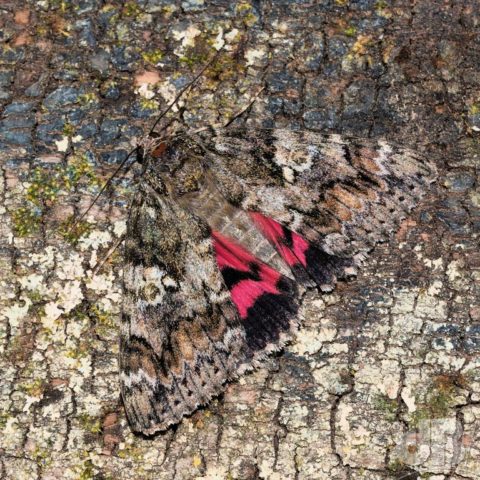
Crimson hindwings aside, pretty well camouflaged against a lich-encrusted barkI didn’t know about any Cambs sightings when one turned up to the 40-Watt actinic lure overnight on a sultry 11th August and roosted until morning among the cardboard egg cartons. I must add it arrived with 300+ other moths about 40 different species. But, the DCUW was the most splendid. I shared the sighting with an envious County Moth Recorder who is based a little further north in Ely and mentioned it in passing to a few other people, some were impressed others pointed out that they’d had one too in their mothing either last week or the week before.
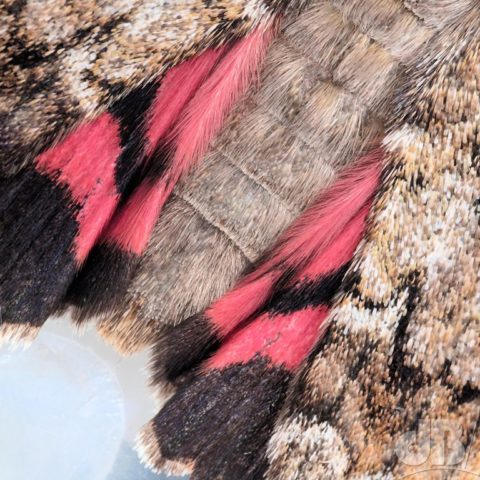
One of the people I mentioned it to was C5 bassist Roger B. I was lamenting to him that in the absence of big game safari in the British Isles the birds and the Lepidoptera are the next best thing. He’s a bit of a fan of moths too and pointed out that I should perhaps have a more positive attitude to my hobbies. Everyone knows what an elephant looks like, he said, but not many people know what a Dark Crimson Underwing is. So, bonus points all round.
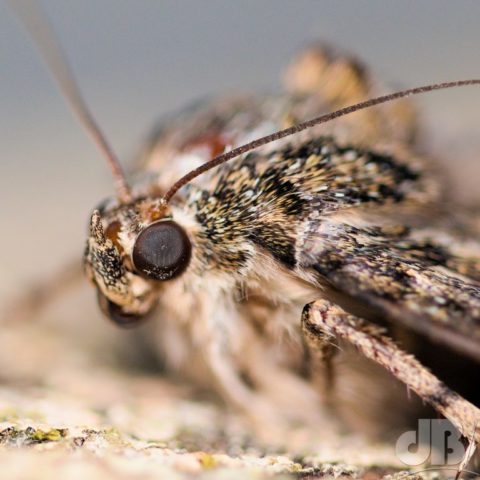
If you’ve spent even just one of the recent spate of sultry summer nights outside, you may, if you closed your eyes briefly, be forgiven for imagining that the village had been lifted wholesale and transported to a balmy beach resort, a little farther than Bournemouth and certainly not northwards to Barnard Castle, say somewhere on The Mediterranean coast. But, it’s not so much about the heat and humidity that has led to perspiring gents and glowing local ladies, rather it’s the sound.
Have you heard it? The chirping, chirruping as the dusk settles and the night draws on? The sound seems to bounce from garden to garden as one perambulates the pavement. It’s as if someone is playing a trick on you, first it’s to your left at number 12, then it’ over the road at number 15 and back to 11 and, bizarrely, no, it’s definitely coming from number 18…probably the back garden.
The sound is quite evocative, it’s the sweet monotonically melodic note of the House Cricket, Acheta domesticus. Specifically, it’s the sound of the male of the species rubbing his wings together (termed stridulation) to make a sound to attract a female. It’s a mating call, in other words.
The House Cricket species is thought to be native to Southwest Asia and has been kept as a pet in China and Japan and probably elsewhere for centuries simply for the charming evocation of its chirping. After World War II, the species began its inextricable worldwide spread carried on the waves of human globalization that broke on international shores in the second half of the twentieth century. Today, it might be found almost anywhere and certainly when there is a run of days that top out somewhere above 30 Celsius and the nights don’t chill to below about 20 Celsius, we hear them in Cottenham.
Dry-roasted house cricket is a great source of high-quality protein and could be the future once we accept that the carbon footprints left by mammalian livestock are far too big for our boots. Indeed, as with all insects the animal provides a complete protein, in other words it contains all nine of the essential amino acids we need in our diets. Unfortunately, there has been a viral pandemic in the cricket world, cricket paralysis virus has devastated the cricket-breeding industries of North America and Europe. Thankfully, the industry discovered that the Jamaican field cricket is resistant to this virus and has usurped the house cricket as the invertebrate of choice in the industry.
Unfortunately, I am yet to get a photograph of one of the Cottenham house crickets, but I have made a recording of the sound for your delectation, in case you have not had the opportunity to sit a spell in the rocker on your porch on one of these summer nights. It’s worth noting that the faster the chirps, the warmer it is…or vice versa…when it gets warmer the crickets stridulate faster.
If you’ve been with me on Instagram for a while, you might be thinking, oh I know this one, he posted the quiffy little beggar a few weeks ago.
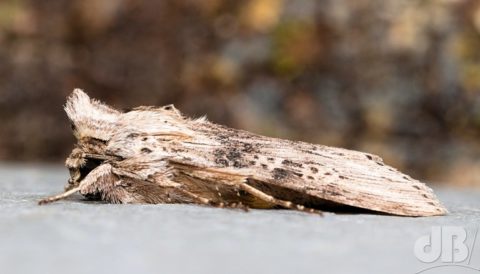
Well, you’re close, but no cigar, the previous lepidopteral quiffmeister was The Shark, this is the closely related Wormwood, Cucullia absinthii.
As its name would suggest its larvae feed on wormwood (and mugwort) and the adults have evolved to resemble the seedhead of that type of plant. You’ll notice the “absinthii” of its scientific binomial, which refers to the wormwood plants scientific name Artemisia absinthium, which is used to make the Green Fairy drink, absinthe.
#macro #macrophotography #nature #photography #naturephotography #insects #insect #photooftheday #perfection #captures #macroworld #naturelovers #instagood #wildlife #moth #mothsofinstagram #photo #macrophoto #brilliance #wildlifephotography #closeup #90mm2.8 #tamron #canon #teammoth #mothsandbutterflies #mothidentifacation #mothsmatter #ukmoths #savebutterflies #wormwood #absinthe
The Gypsy Moth Lymantria dispar (Linnaeus, 1758) is perhaps the archetypal moth, browns and greys enormous protuberant antennae in the male, lots of high-frequency flapping, and definitely drawn to a candle…or in this instance, an ultraviolet, actinic lamp.
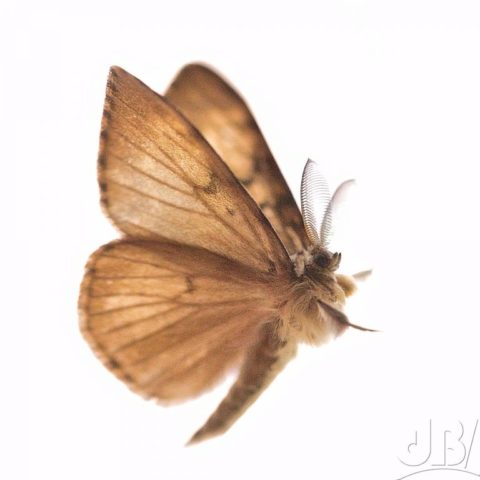
I remember seeing images of this creature in nature and science books when I was a child along with the caterpillar (larva) of the Puss Moth, the one that looks like it’s got a face painted on its rear end. I also remember being quite perturbed seeing images of such creatures close up, something about their seemingly alien nature when compared to the more usual faces of mammals and fish even that you see in children’s nature books.

The Gypsy Moth was common in 19th century in the East Anglian and Southern Fens, but was extinct as a breeding insect by the turn of the century. It remains a major pest of deciduous trees in mainland Europe and elsewhere and there are now colonies in London and southern England. The family name, Lymantria, means tree destroyer.

It is impossible to know whether this male specimen drawn in by my actinic lamp is a vagrant from the mainland carried in ahead of a forecast heatwave from the South East or whether it is part of a local population. The females are a lot bigger and not so agile on the wing. Intriguingly, the miniscule larvae are dispersed on the wind like seeds.
In North America, there is a call to rename the Gypsy Moth to have a less socially sensitive name. The suggestion is that it should be referred to by an English version of its French name, the Spongieuse, which alludes to the spongy mass of eggs laid by the females, so the Spongy Moth.
COVID-19 lockdown and hospital surges
A new study suggests that for major cities it would help avoid catastrophoic overloading of hospitals, if local lockdown measures are reinstated when the seven-day average of hospital admissions goes above a certain number. The lockdown would be eased when the admission rate falls of when the hospitals are below 60% of capacity.
This would minimize economic and social disruption but at the same time protect health services.
One proviso is that high-risk populations must be shielded adequately during the times when the city is not in lockdown.
“Timing social distancing to avert unmanageable COVID-19 hospital surges” – Proc Natl Acad Sci
I was caught out by the recency illusion today. A friend posted a video of a spider weaving its web. I added a comment about research I’d read about when I was writing for the New Scientist in the early 1990s where the scientists showed that plying a spider with different stimulants, such as caffeine and cocaine, or other drugs such as cannabis, led them to produce weird and wonderful alternative web patterns. I revised my comment because I then remembered reading about that research when I was at university in the 1980s.
I commented that in my 30+ years as a science writer I reckon I’d seen a lot of research reinvented, not for the sake of reproducibility tests, but simply where the researchers hadn’t realised that the work had been done before. It’s happened several times over the last couple of years and makes me seriously think it’s time I retired, hah!
Anyway, I looked on PubMed to find that distorted spider’s web research and found a paper from 2004, yes, well that proved my point. But, then I found a paper from 1969 and a review of the area from 1971…so it had already been done before I even started school let alone reached university. I went to the 1971 review’s reference section and it cites papers from the 1950s long before I was born and my parents hadn’t even met!
The term “recency illusion” was coined by Stanford linguist Arnold Zwicky, to refer to one’s perception that words, meanings, phrases, and grammatical constructions are new at the time you first hear them. They generally aren’t. There are many examples of what lots of people think of as modern phrases that can be found in Shakespeare, for instance. Zwicky later defined the illusion as “the belief that things you have noticed only recently are in fact recent.” As in wondrous webs made by spiders on crack…